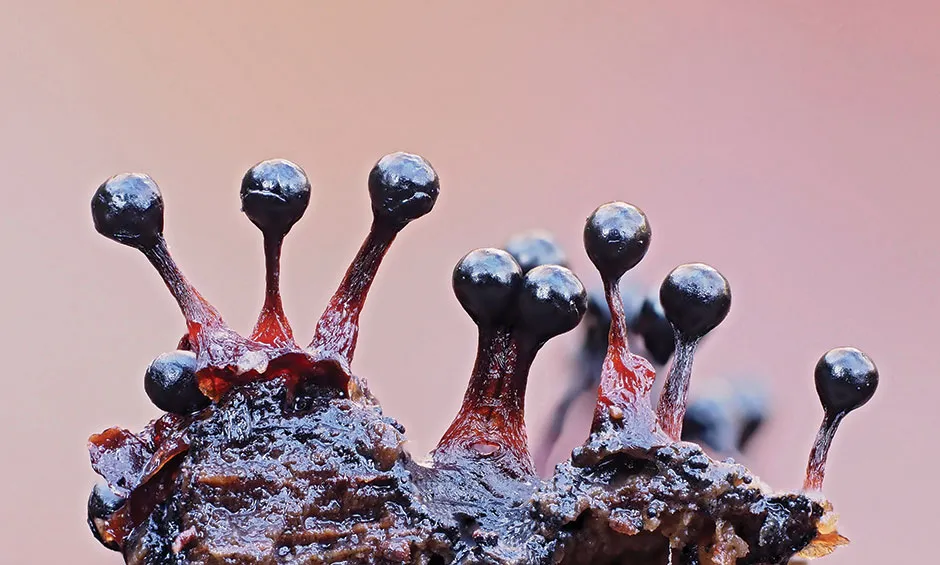These magnificent creatures may not be the next Einstein, but they are much smarter than they look. Slime moulds can navigate mazes to find food, farm bacteria and even learn from their mistakes.
Slime moulds spend much of their life as a microscopic organism, too small to be seen by the naked eye. But when they're ready to reproduce, they grow rapidly and produce 'sporangia', fruiting bodies which release spores.
Fossils tell us that these bizarre creatures have existed relatively unchanged for more than 100 million years, and they play a vital part in ecosystems. Without slime moulds, the world’s soils and forests would become overrun with bacteria in a matter of days.
Take a look at these amazing images of slime moulds in their reproductive phase, all captured by UK-based photographer Andy Sands.
Physarum polycephalum
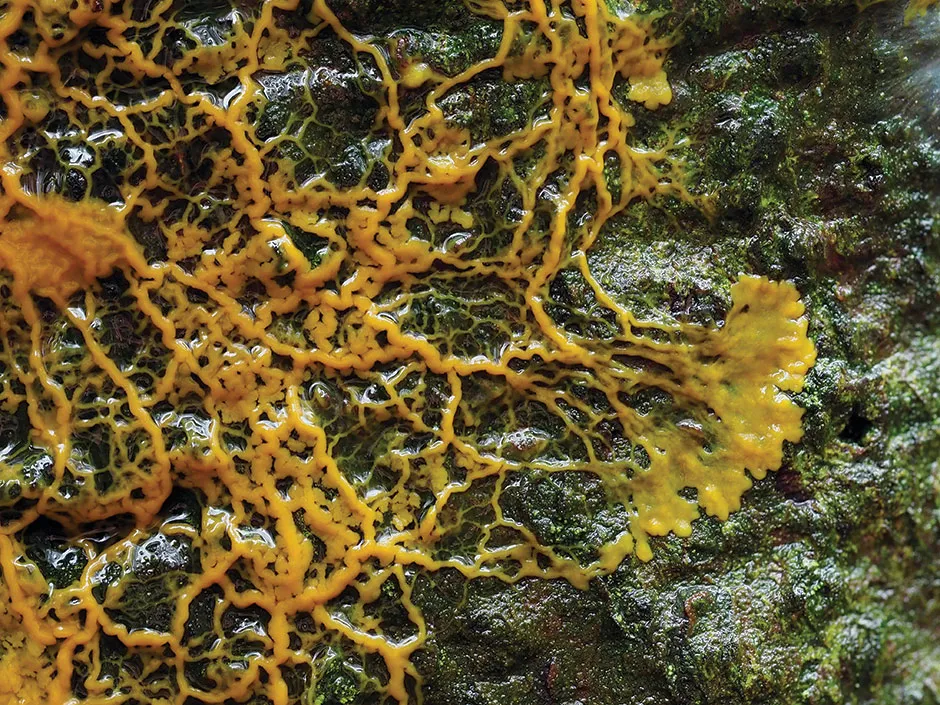
Comatricha nigra
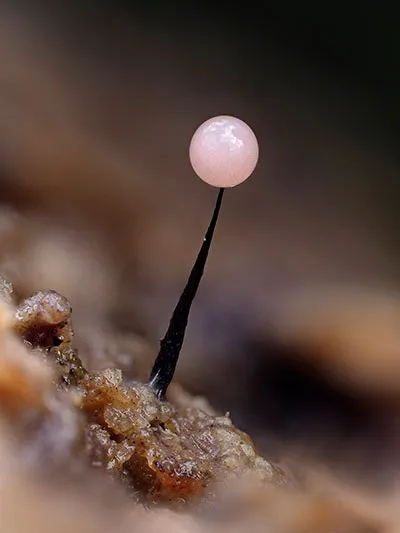
Metatrichia floriformis
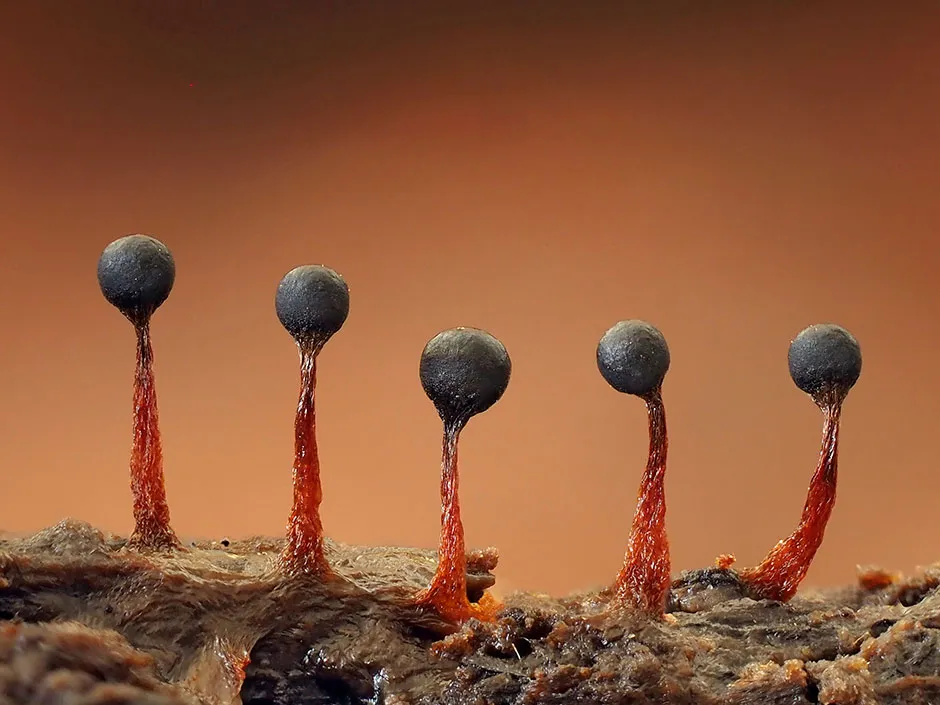
Badhamia affinis
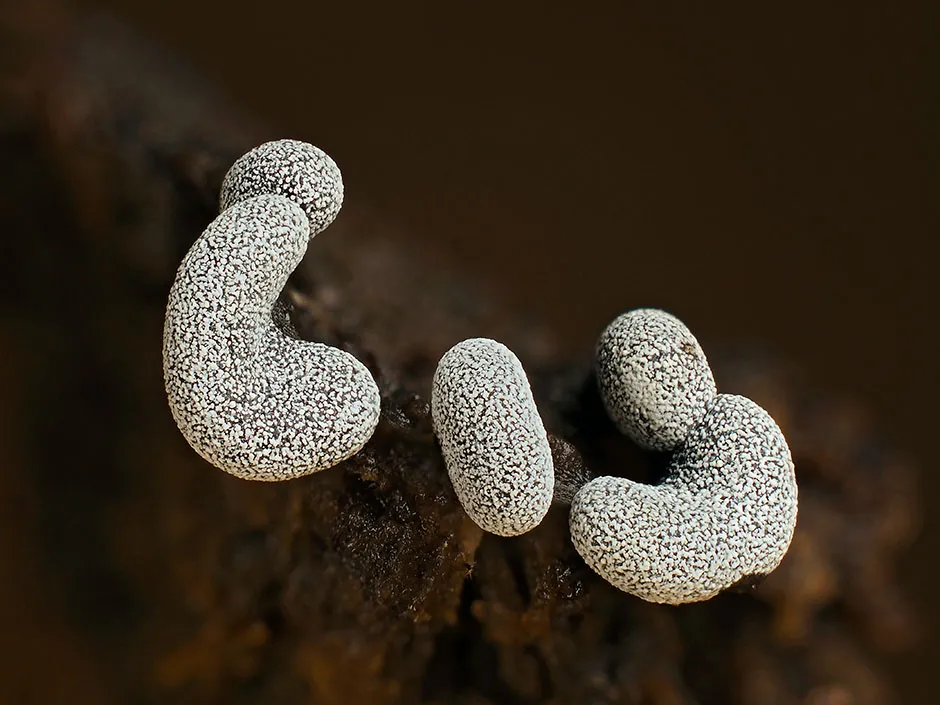
Arcyria cinerea
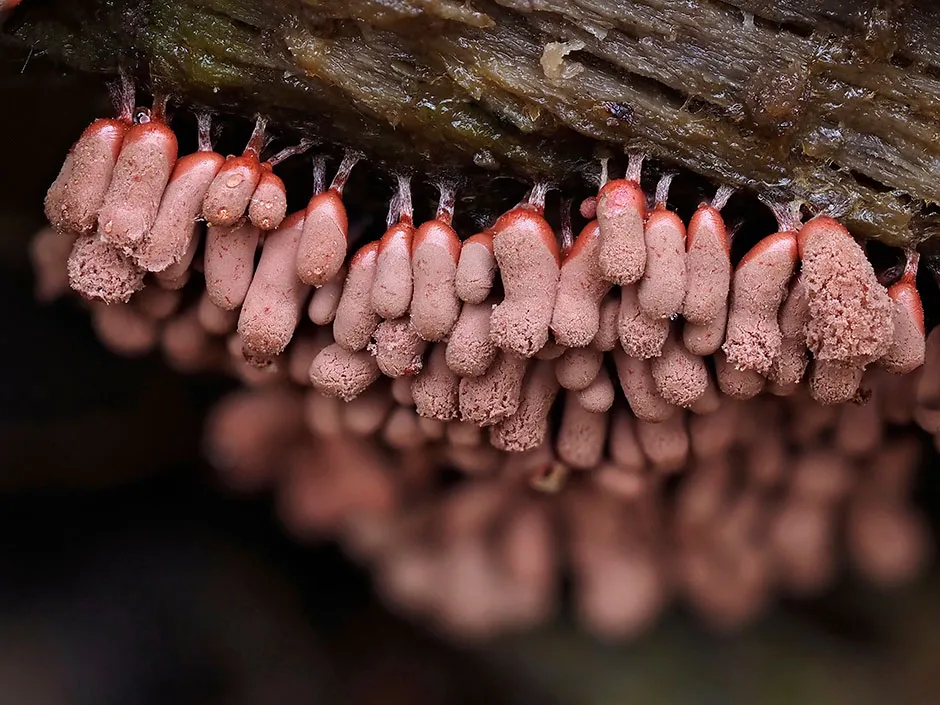
Metatrichia floriformis
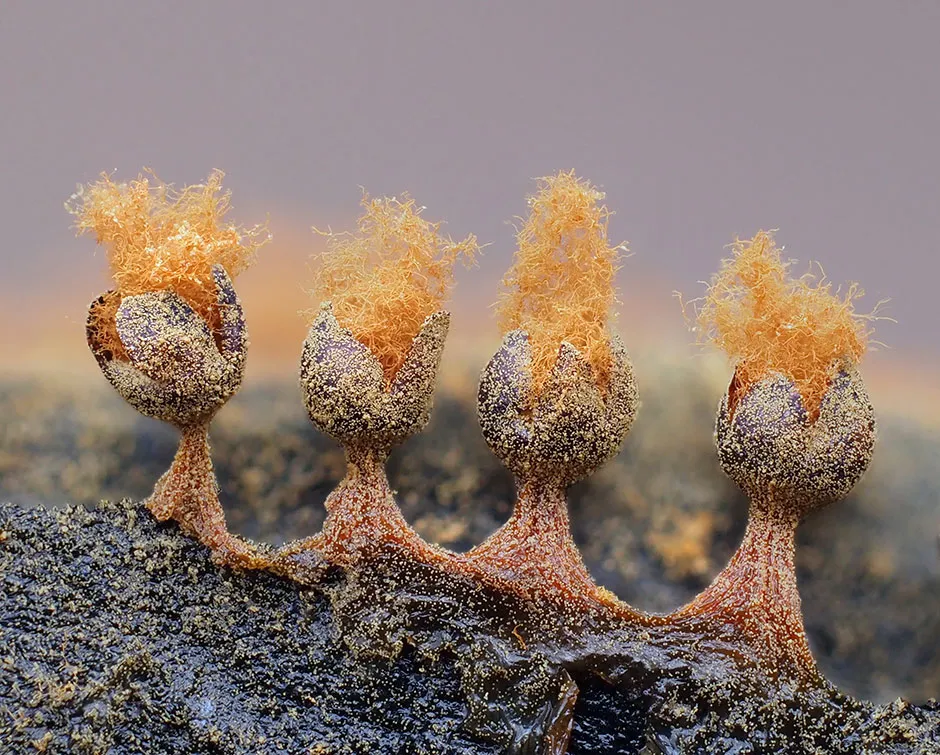
Tubifera ferruginosa
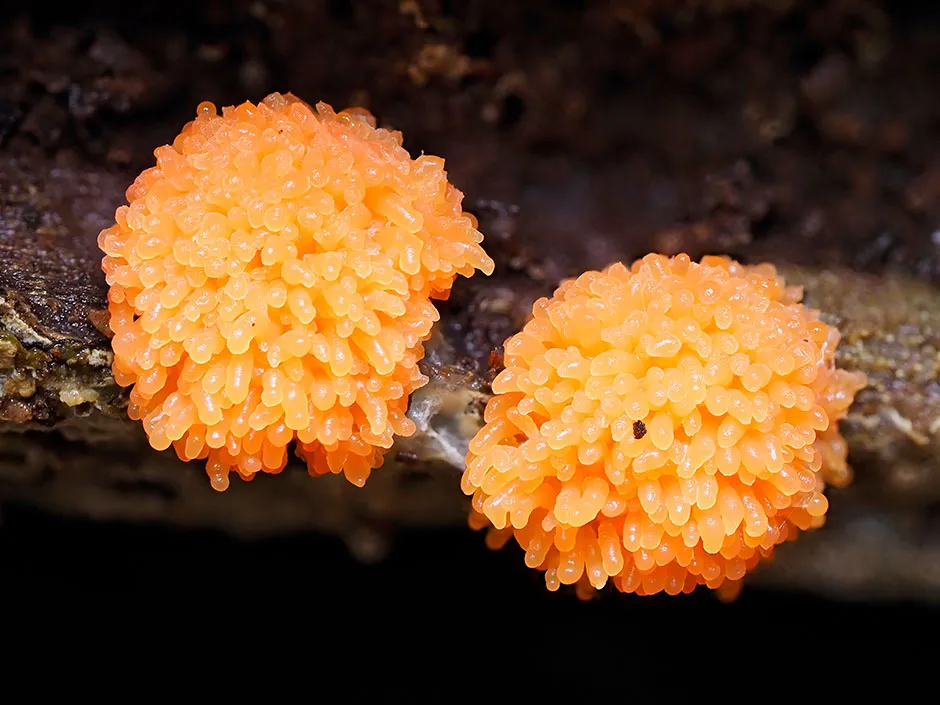
Trichia decipiens
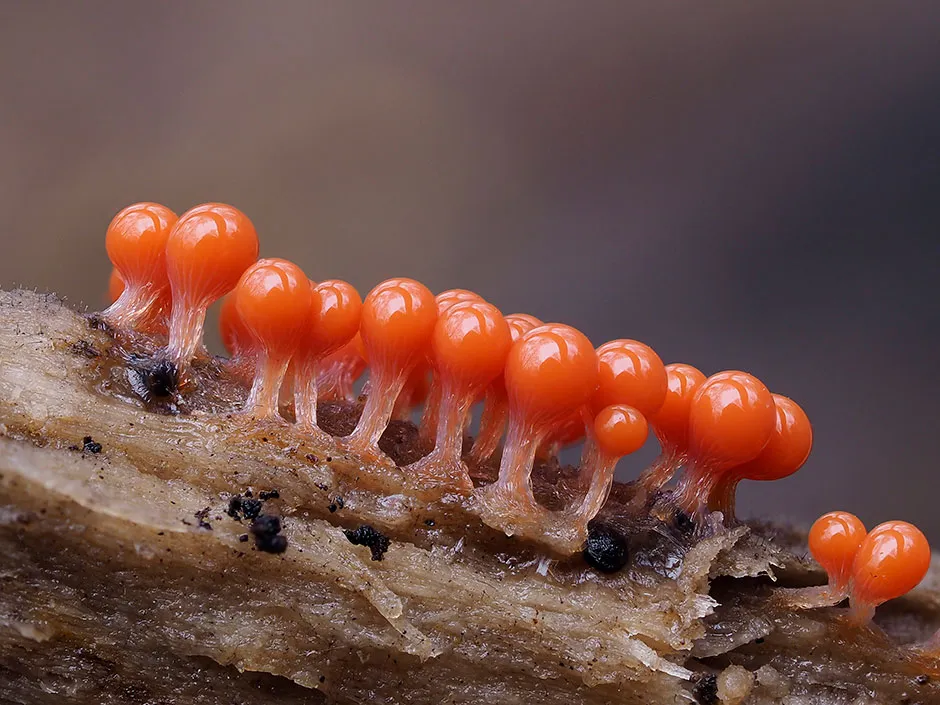
Comatricha fragilis
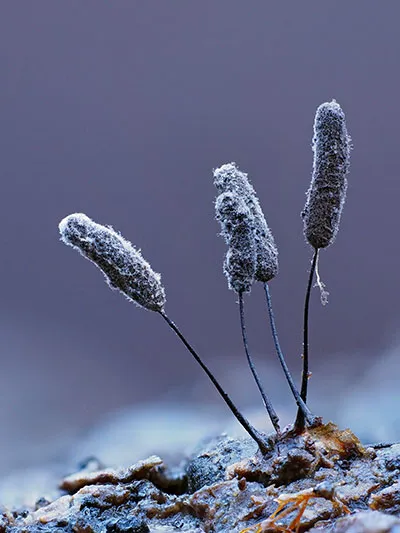
Badhamia utricularis
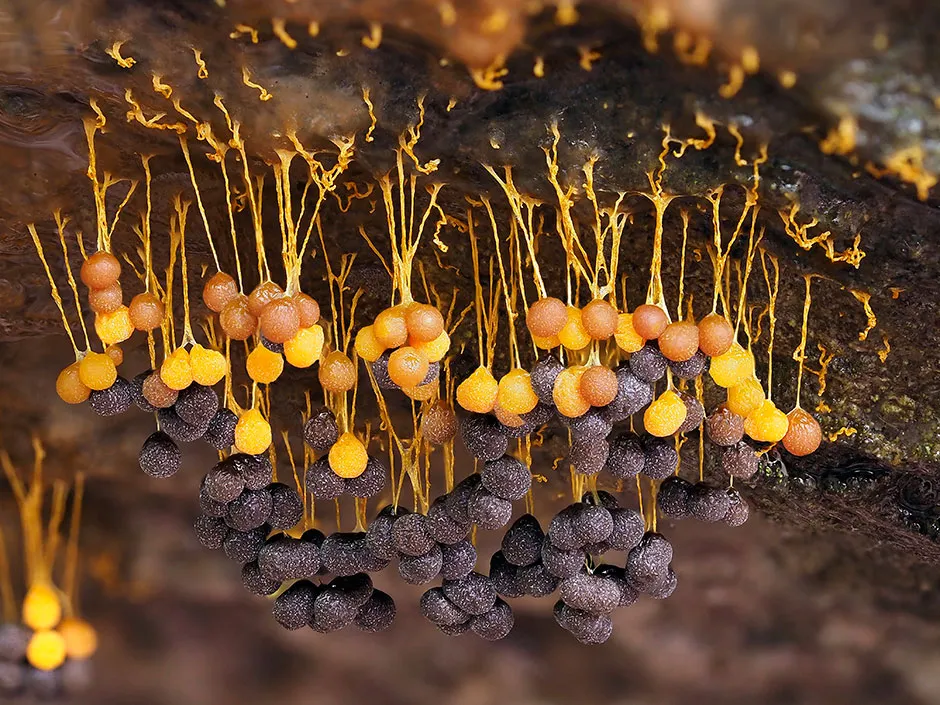
Fuligo septica (Dog vomit slime)
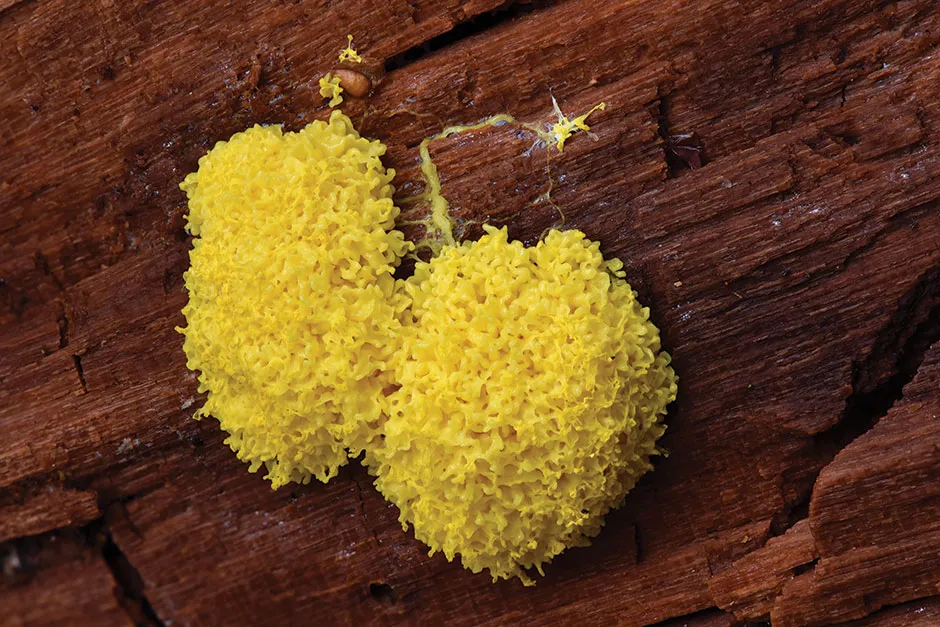
Arcyria cinerea
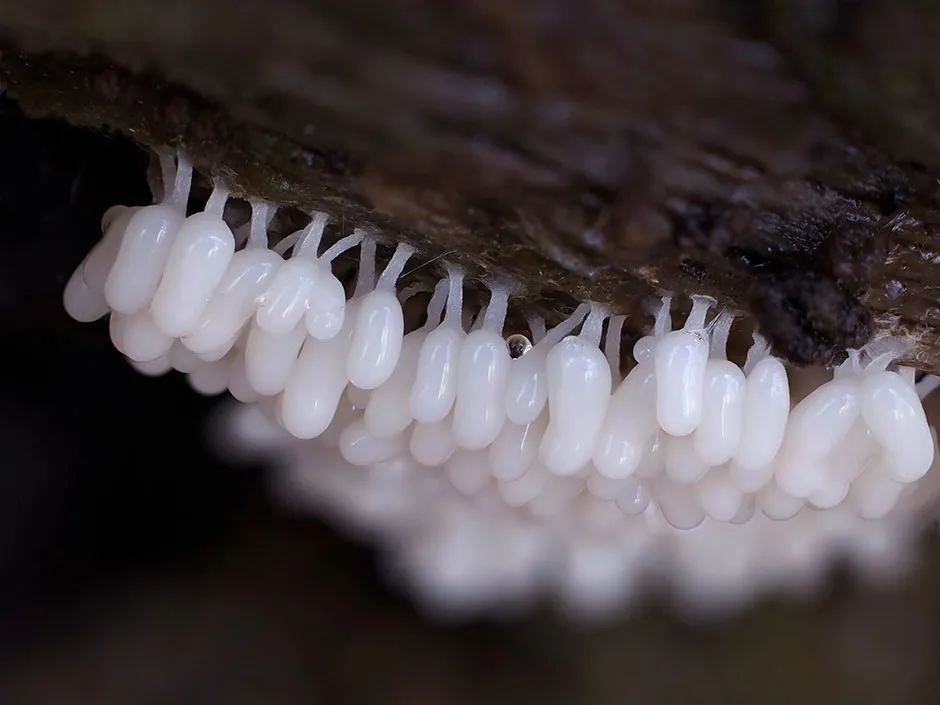
Enteridium lycoperdon (False puffball)

Ceratiomyxa fruticulosa
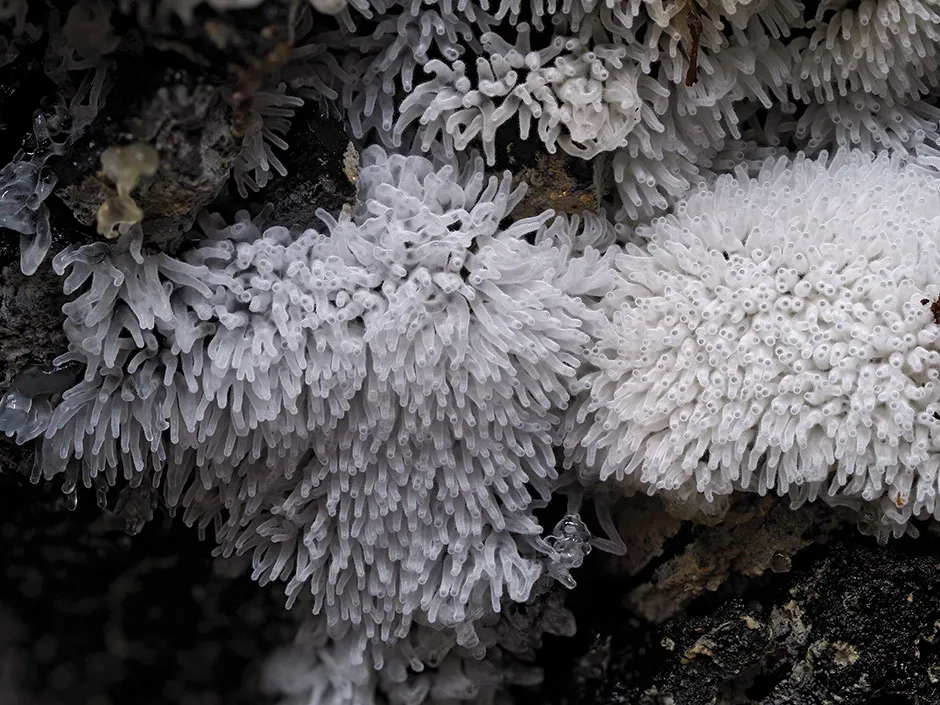
Arcyria denudata
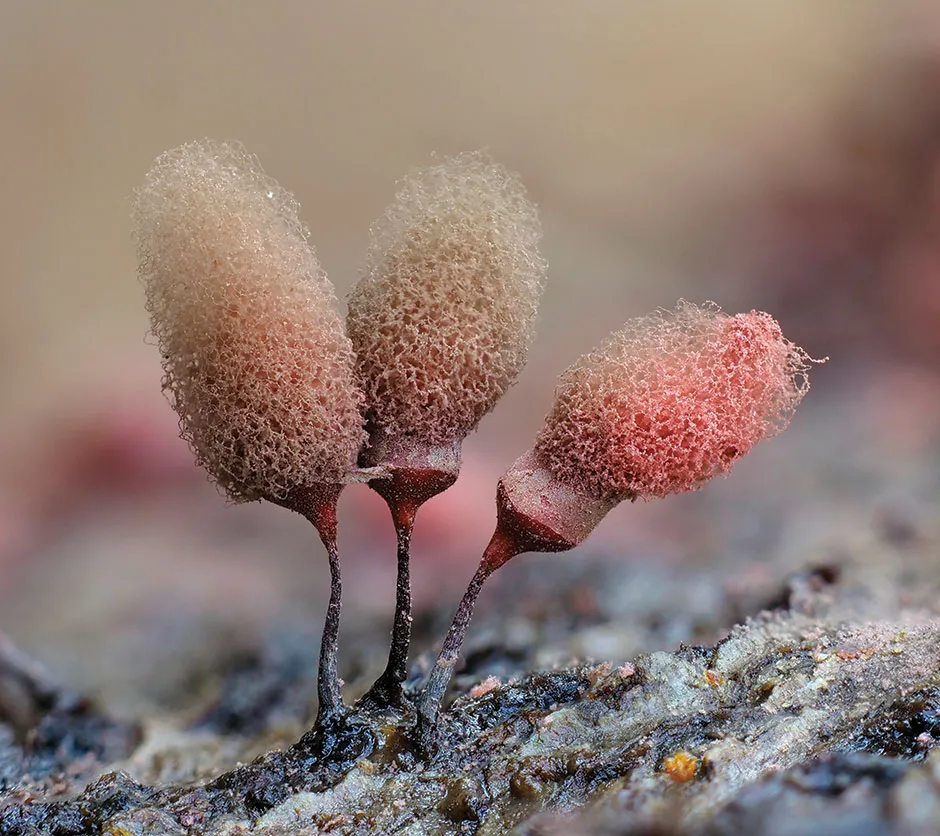
Arcyria ferruginea
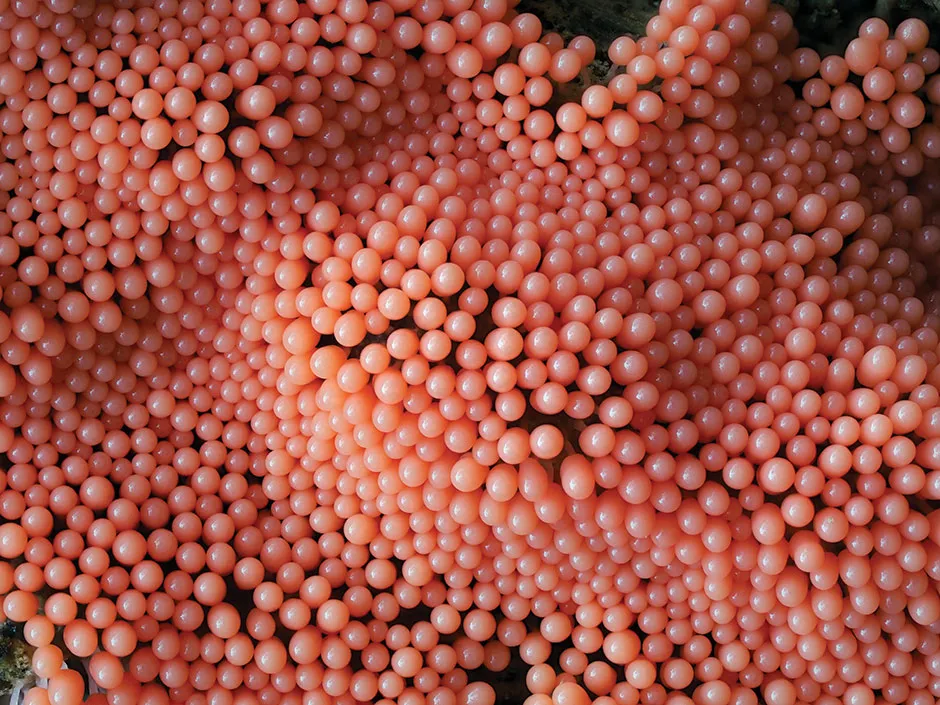
Physarum album
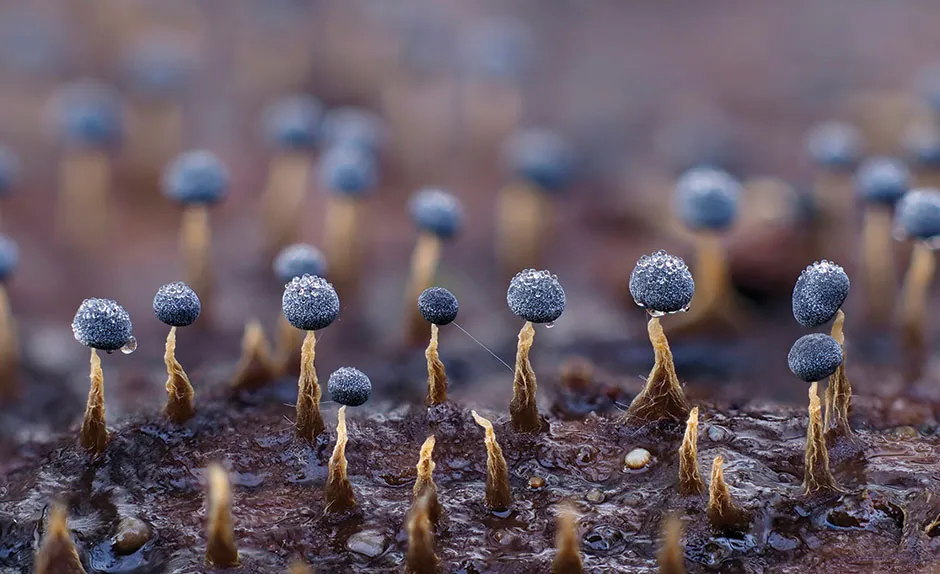
Metatrichia floriformis
